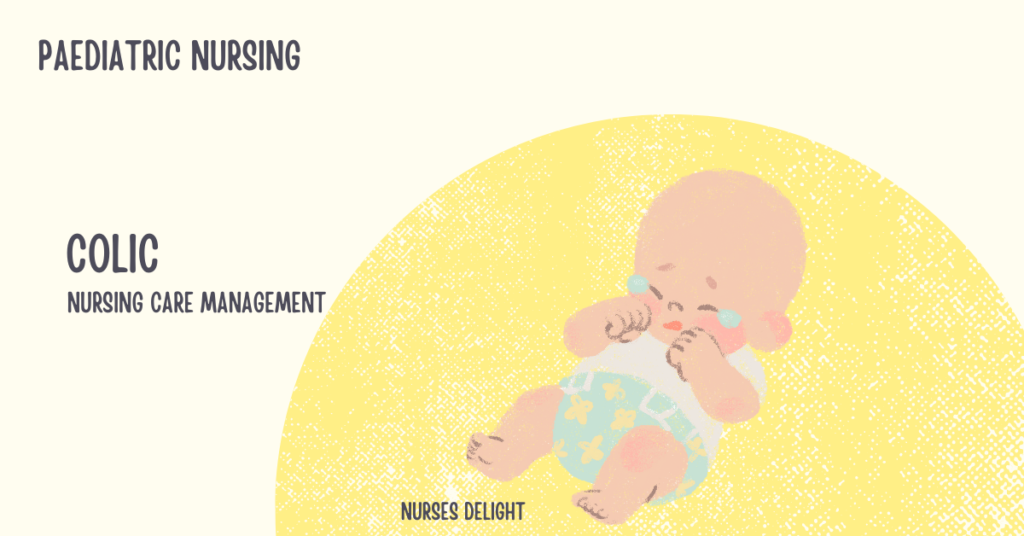Pneumonia is an infection of the lungs that causes inflammation of the alveoli (air sacs). It can affect one or both lungs and is characterized by symptoms such as cough, fever, difficulty breathing, and chest pain.
Pneumonia in children can be caused by various pathogens, including bacteria, viruses, and fungi.
Causes
1. Bacterial Infections:
- Streptococcus pneumoniae: The most common bacterial cause in children.
- Haemophilus influenzae type b (Hib): Less common due to vaccination but still a possible cause.
- Staphylococcus aureus: Including methicillin-resistant Staphylococcus aureus (MRSA).
- Mycoplasma pneumoniae: More common in older children and adolescents.
2. Viral Infections:
- Respiratory Syncytial Virus (RSV): Common in infants and young children.
- Influenza Virus: Can lead to viral pneumonia.
- Parainfluenza Virus: Associated with respiratory infections, including pneumonia.
3. Fungal Infections:
- Histoplasmosis and Coccidioidomycosis: Rare causes of pneumonia in immunocompromised children.
4. Aspiration: Inhalation of foreign objects or liquids can lead to aspiration pneumonia.
5. Secondary to other diseases such as cystic fibrosis or congenital heart disease.
Pathophysiology
- Infection: Pathogens enter the lungs via inhalation, hematogenous spread, or aspiration.
- Inflammatory Response: The infection triggers an inflammatory response in the alveoli and surrounding lung tissue, leading to edema and increased mucus production.
- Alveolar Filling: The alveoli fill with fluid, pus, or cellular debris, impairing gas exchange.
- Impaired Gas Exchange: The accumulation of inflammatory exudate in the alveoli decreases oxygen uptake and carbon dioxide elimination, leading to hypoxemia and hypercapnia.
- Resolution: If treated effectively, the inflammatory exudate resolves, and lung function gradually returns to normal.
Diagnostic Tests
1. Clinical Evaluation:
- Assessment of symptoms such as cough, fever, difficulty breathing, and duration of illness.
- Findings may include crackles or wheezing on auscultation, decreased breath sounds, and signs of respiratory distress.
2. Radiological Tests
- Chest X-ray: Helps confirm the diagnosis and identify the extent and location of lung involvement. It may show infiltrates, consolidation, or effusions.
3. Laboratory Tests:
- Complete Blood Count (CBC): To assess for elevated white blood cell count, which indicates infection.
- Blood Cultures: To identify bacterial pathogens in severe cases or when the child is very ill.
- Sputum Cultures: If the child is able to produce sputum, cultures can help identify the causative organism.
- PCR Testing: Can be used to detect viral pathogens.
Medical Management
1. Pharmacological Treatment:
- Antibiotics: For bacterial pneumonia, appropriate antibiotics based on the identified pathogen (e.g., amoxicillin, azithromycin).
- Antiviral Medications: For viral pneumonia caused by influenza (e.g., oseltamivir).
- Antifungal Medications: For fungal pneumonia if indicated.
- Antipyretics: e.g., acetaminophen or ibuprofen – to manage fever and discomfort.
2. Supportive Care:
- Hydration: Ensure adequate fluid intake to help thin mucus and maintain hydration.
- Oxygen Therapy: Administer supplemental oxygen if the child is hypoxic.
- Bronchodilators: If wheezing is present, bronchodilators may be used to relieve bronchospasm.
3. Other Interventions:
- Chest Physiotherapy: May be recommended to help clear mucus in some cases.
- Respiratory Therapy: Involves the use of nebulizers or other devices to ease breathing and improve lung function.
Nursing Implications
Assessment
- Obtain a detailed history of the onset, duration, and severity of symptoms, as well as any recent exposures or underlying conditions.
- Assess for signs of respiratory distress, including tachypnea, retractions, use of accessory muscles, and auscultation findings (e.g., crackles, wheezing).
- Monitor temperature, heart rate, respiratory rate, and oxygen saturation levels.
Diagnosis
- Impaired Gas Exchange related to alveolar filling and inflammation.
- Ineffective Airway Clearance due to increased mucus production and inflammation.
- Risk for Dehydration secondary to fever and reduced fluid intake.
Planning
- Develop an Individualized Care Plan tailored to the child’s specific needs, including medication management, supportive care, and monitoring.
- Plan educational sessions for the family about pneumonia, medication administration, and recognizing signs of worsening condition.
Implementation
- Administer prescribed antibiotics, antivirals, or antifungals as ordered, and ensure proper dosing and timing.
- Provide adequate hydration, administer oxygen if needed, and assist with respiratory therapy.
- Regularly monitor the child’s respiratory status, response to treatment, and document any changes in condition.
Evaluation
- Evaluate the effectiveness of medications and supportive measures by observing improvements in symptoms, vital signs, and radiological findings.
- Watch for signs of worsening pneumonia, such as increased respiratory distress or changes in oxygen saturation.
- Ensure the family comprehends the care plan, including medication use, follow-up care, and when to seek further medical help.



